Ten villages to visit in Friuli-Venezia Giulia
1. Aquileia
It was founded in 181 B.C. and soon became one of the most important cities in northern Italy, given its location, a crossroads of trade between East and West, North and South. It was then destroyed by Attila in the 5th century, and went into a rapid decline, from which it rose again only around the year 1000, but without ever again acquiring the importance that Aquileia held in antiquity. You walk through what remains of the ancient city by visiting the archaeological remains (the site is among the largest in northern Italy), while Christian Aquileia is that of the Patriarchal Basilica, a splendid temple of early Christian origin and remodeled in the 14th century. The National Archaeological Museum and the Early Christian Museum in Monastero trace the history of the city. An in-depth look at Aquileia can be found on this page.
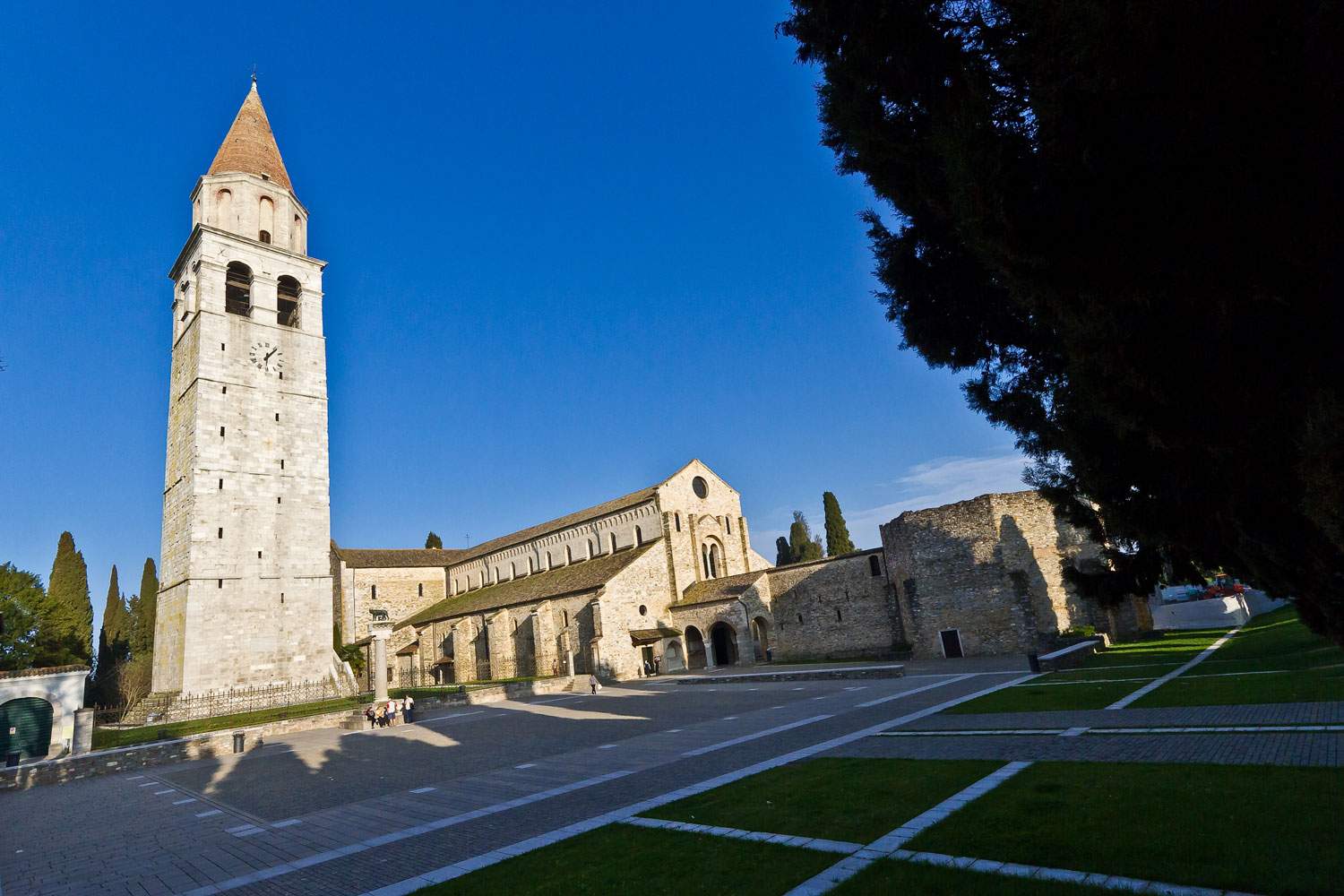 |
| The Basilica of Aquileia. Ph. Credit Fabrice Gallina |
2. Grado
Grado lies on the lagoon of the same name, at the mouth of the Isonzo: the village is on the largest island. In Roman times the locality known as Ad Aquae Gradatae (hence the name) was the port of Aquileia, while the village began to develop after the above-mentioned invasion of Attila, when many citizens of Aquileia left the city to find escape in the lagoon. In the 6th century, it became the seat of the patriarchate of Aquileia, and from that time it began to gain importance until the 12th century, when the patriarch of Grado moved to Venice, giving rise to the patriarchate of Venice that still exists today: from that time began the decline of Grado, which became a fishing village devoid of relevance. Its past is therefore mainly early Christian and early medieval: one can admire, from that period, the basilica of St. Euphemia, the Baptistery, the basilica of Santa Maria delle Grazie, and the sanctuary of the Madonna of Barbana, all significant early Christian sites. The Grado Lagoon is an area of great naturalistic interest.
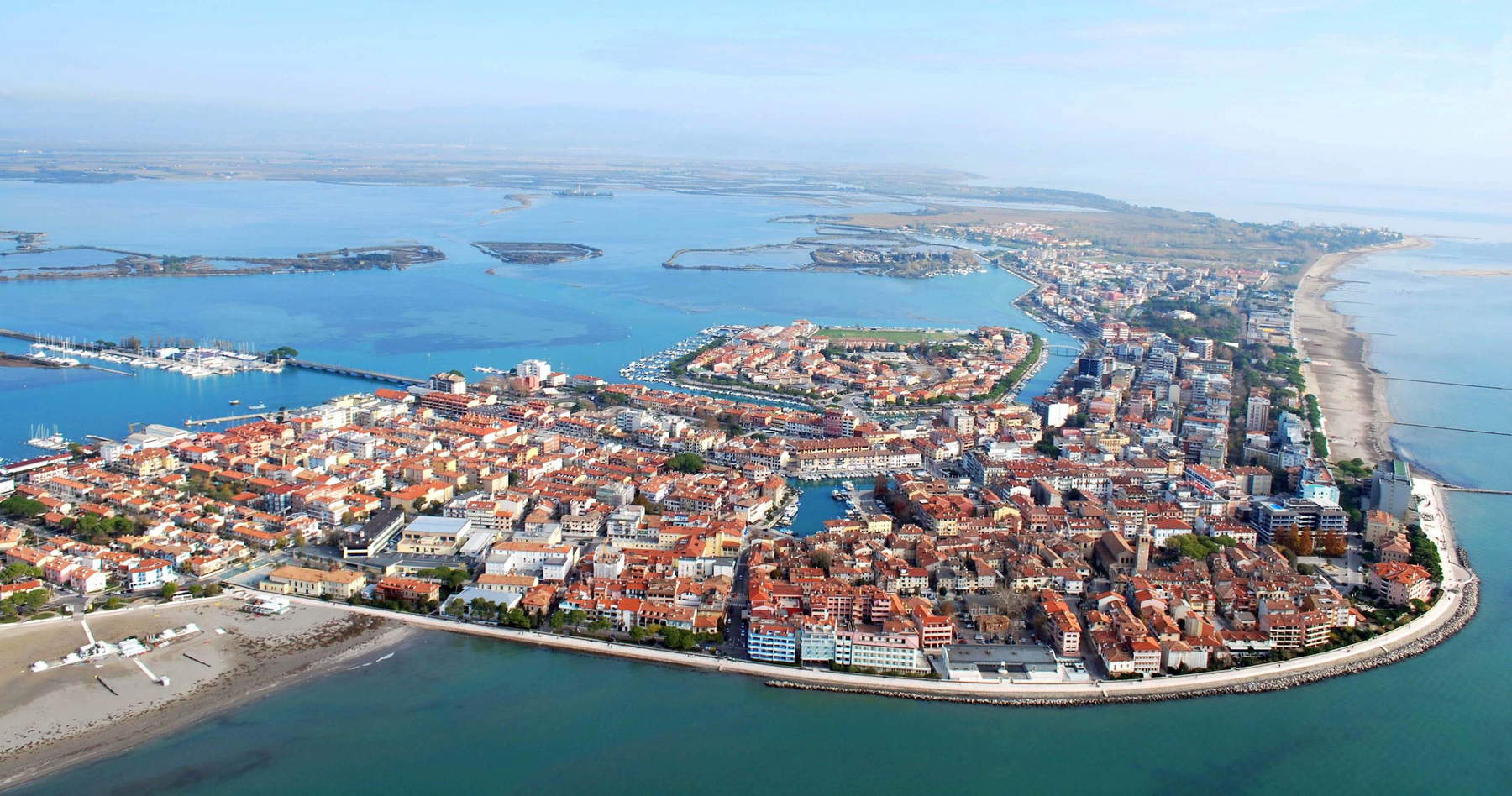 |
| View of Grado |
3. Venzone
This ancient medieval village, first mentioned in the 10th century, is a symbol of the 1976 Friuli earthquake, not only because it was among the hardest hit towns, but also because it set an example of rapid and effective reconstruction. In the architectural and art-historical spheres, the symbol of reconstruction is the story of the 14th-century cathedral, destroyed by the earthquake and rebuilt between 1988 and 1995 using the method of anastylosis (a restoration that puts a collapsed building back on its feet with its own pieces). Inside the fortified village are the Palazzo Comunale, built in the early 15th century, the remains of the church of St. John the Baptist (14th-century, destroyed during the earthquake), and especially the 13th-century circle of walls, which has been preserved almost in its entirety.
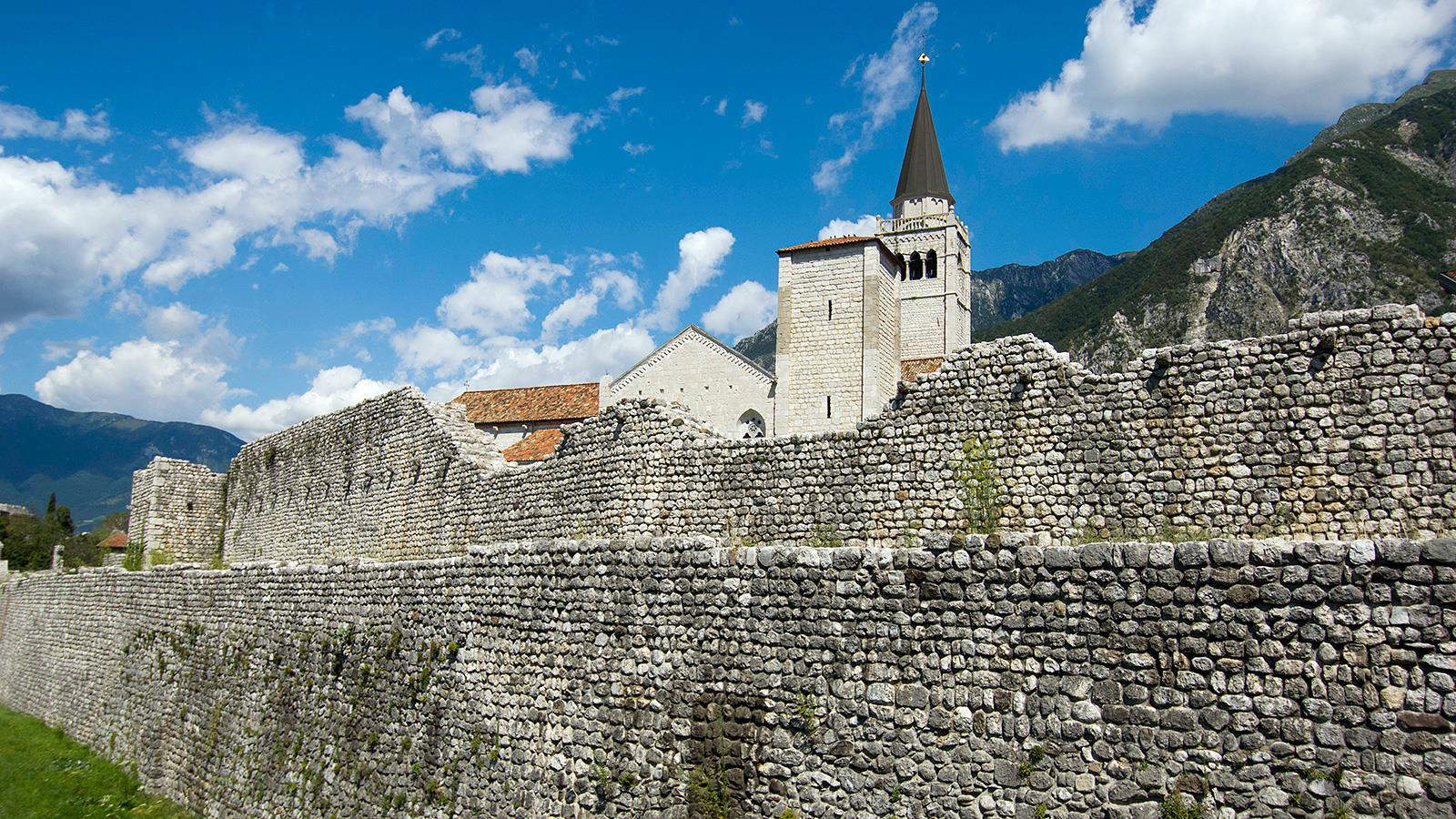 |
| The walls of Venzone and the cathedral |
4. Gradisca d’Isonzo.
The name of this village comes from the Slavic: gradiščand means “fortress”: Gradisca originated as a border village, populated as early as the 12th century by Slavic and Venetian inhabitants. In 1420, when the Patriarchate of Aquileia was annexed to the Republic of Venice, Gradisca, which was under Aquileia, became Venetian: in 1500 it also hosted Leonardo da Vinci, who was called here by the Serenissima to design the fortification of the village, an outpost in the fight against the Turks. Just eleven years later it was besieged by imperial troops and became a captaincy of the empire: it was reconquered by Venice in 1617, at the end of a war against the Austrians that had Gradisca itself at its center and began in 1615. It was precisely in the 17th century that the town flourished (the Merchants’ Loggia is the symbol of this period). During World War I, it was Austro-Hungarian, and was put to the sword by the Italians after Caporetto: it finally became Italian in 1921. The remains of the walls are the clearest evidence of its long military history, and the same is true of the fortress built in the 12th century and later enlarged. The center of religious life, however, is the 18th-century Cathedral of Saints Peter and Paul. Also remaining from the Middle Ages are the House of the Provveditori Veneti and the Palazzo del Fisco. The 18th-century Palazzo Torriani houses the City Documentary and the Gallery of Contemporary Art.
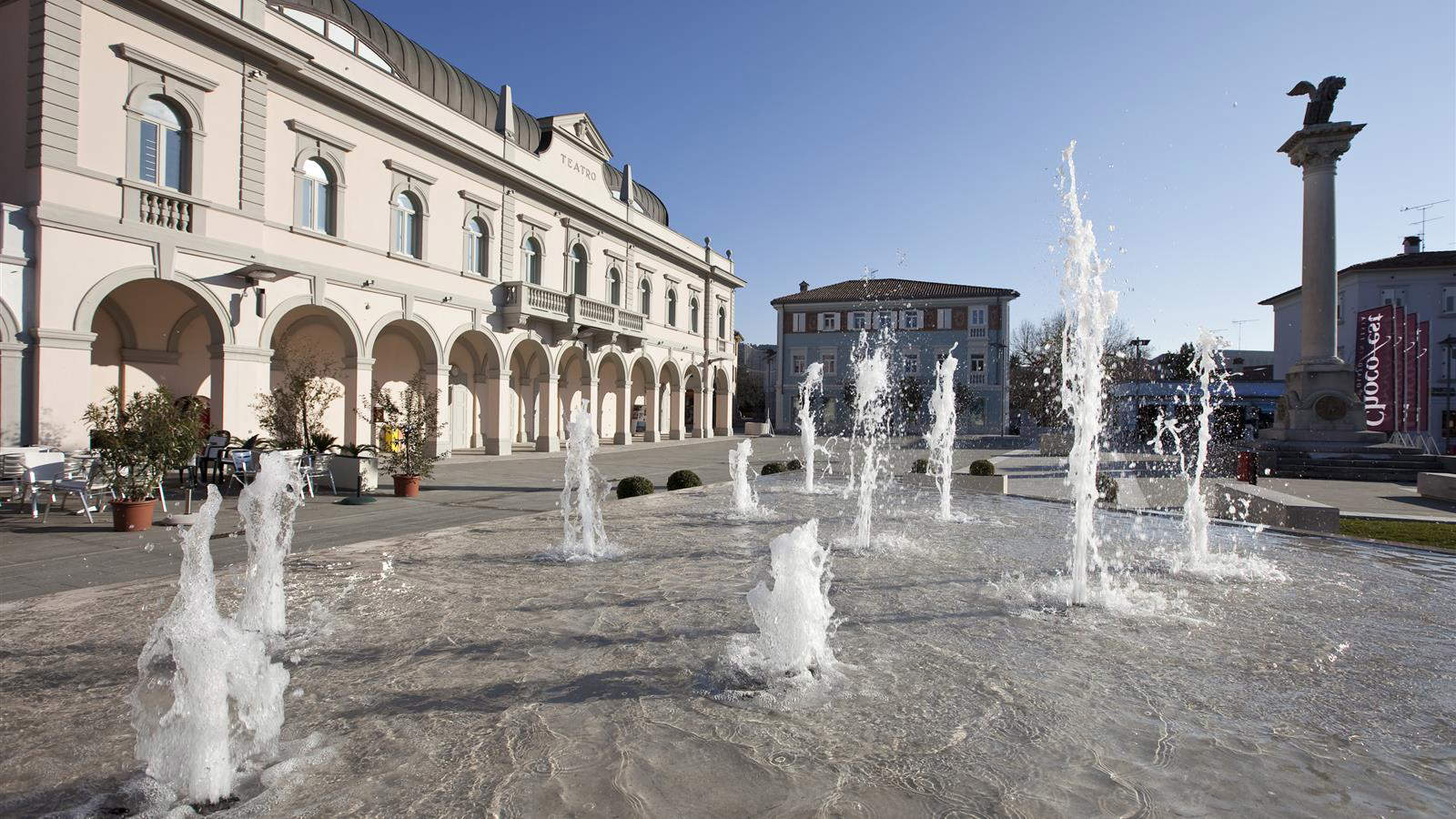 |
| The center of Gradisca d’Isonzo |
5. Cordovado
Rises not far from the Tagliamento River, where there is ancient evidence of a Curtis de Vado (“ford court”), an agricultural complex near which the fortified village developed. The Castle dates back to the 11th century and is the symbol of the village: also worth seeing are the medieval walls, which surround the Castle, and then again the Cathedral of St. Andrew, the 14th-century Oratory of St. Catherine of Alexandria (which, however, has much older origins, since the first construction is from the 4th century), the 18th-century Sanctuary of the Madonna delle Grazie, the Palazzo del Capitano, and Palazzo Cecchini. Near the center is also the literatio park dedicated to Ippolito Nievo, who set some of the initial events of The Confessions of an Italian in Cordovado.
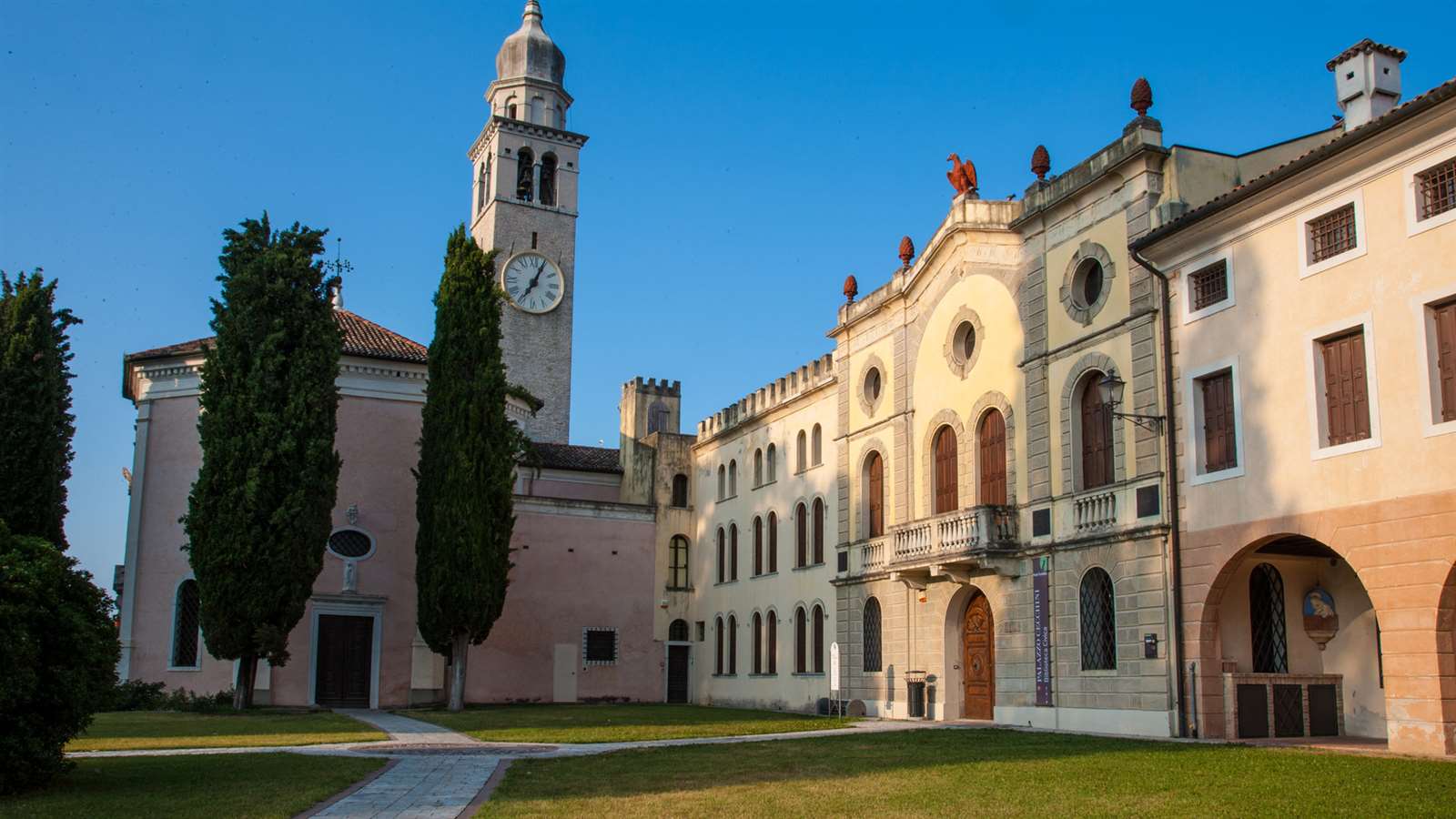 |
| The sanctuary of the Graces and Palazzo Cecchini |
6. Cividale del Friuli
Located a short distance from the border with Slovenia, it was the Forum Iulii of the Romans, which gave its name to the entire region. It was then occupied by the Lombards, who, in the mid-6th century, made it the capital of the first Lombard duchy in Italy: it flourished for some fifty years before being sacked and devastated by the Avars. Throughout the early Middle Ages it was one of the most important centers of northern Italy, a position it maintained until its annexation to the Republic of Venice, a time from which it began to lose its central role. Cividale remains one of the most important centers for the study of early medieval art: see the Lombard Temple, the National Archaeological Museum (housed in the 16th-century Palazzo dei Provveditori Veneti) and the Christian Museum, where the altar of Duke Ratchis (one of the masterpieces of barbarian art) can be seen and through which the 8th-century Baptistery of Callisto can be accessed. The cathedral is in the Renaissance style, while the Town Hall has Gothic forms.
 |
| View of Cividale del Friuli |
7. Palmanova
It was founded by the Venetians in 1593, as a border fortress-city designed by design to resist the artillery assaults of the time, and then “updated” over the centuries. Even today from above you can see its star-shaped walls that have withstood time. Today it is a UNESCO World Heritage Site: part of the site known as “Venetian defense works between the 16th and 17th centuries: State by Land-State by Western Sea.” The history is retraced by the Historical Military Museum, but the best way to understand this very special fortified city is to visit its walls and itsibastions. Within the circle, the Piazza Grande is the exact, geometric center of the town, and on it stands the 17th-century cathedral with its Baroque facade. Other monuments of the period include the Loggia della Gran Guardia, the Loggia dei Mercanti, and the Palazzo del Monte di Pietà .
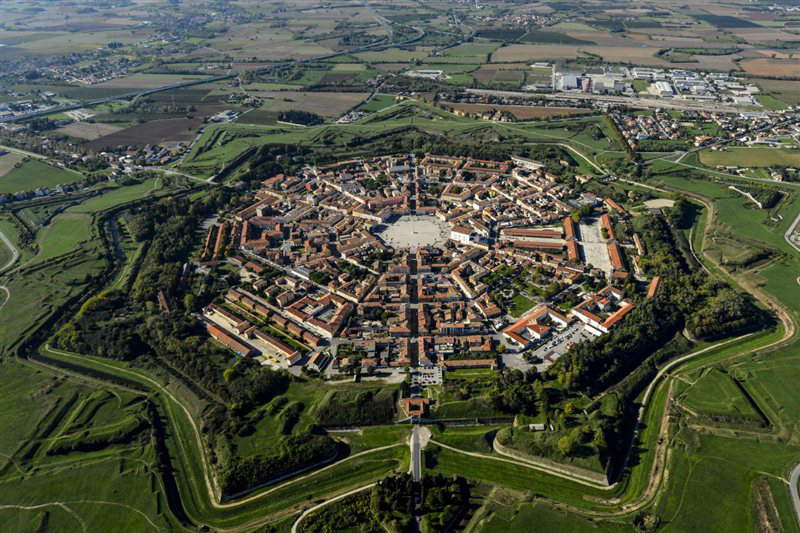 |
| View of Palmanova |
8. Sappada
It is located in Carnia, at an altitude of 1,200 meters, and a few kilometers from the Austrian border. In ancient times it was a mountain village that lived on agriculture, sheep farming, but above all on the timber trade: the wood from which Venetian ships were made came from here. And wood is the material that characterizes the historic center and in particular the hamlet of Sappada Vecchia: its small wooden houses are among the best-known icons of Friuli (there is also talk of “Sappada architecture”). Also of special interest are the Baroque church of Santa Margherita, the small chapel of St. Anthony that stands on a meadow, as well as the many natural wonders that surround it (not far from Sappada are the springs of the Piave River). The Alpine Fauna Park, in Sappada Vecchia, is home to some of the area’s typical species. Traditions, on the other hand, are told in the Ethnographic Museum and the House-Museum of Peasant Civilization, while the Small Museum of the Great War tells how these lands experienced the First World War. Sappada is also a base for mountaineering excursions.
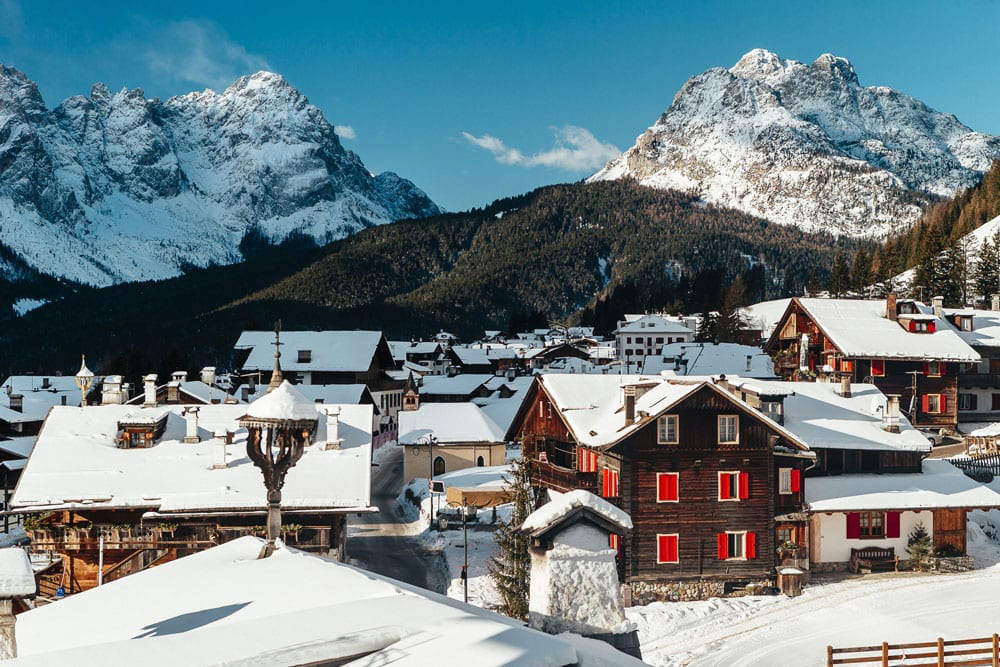 |
| View of Sappada |
9. Strassoldo
A hamlet of the municipality of Cervignano del Friuli, it is a medieval village that has remained almost intact in its ancient conformation, long a feud of the family of the same name. The village develops around the monumental castle (divided into two parts: the Castello di Sopra and the Castello di Sotto), of medieval origins but remodeled in the 18th century. In the center of the village, the church of St. Nicholas preserves a stone cross from the Lombard period, and just outside the walls stands a 12th-century mill.
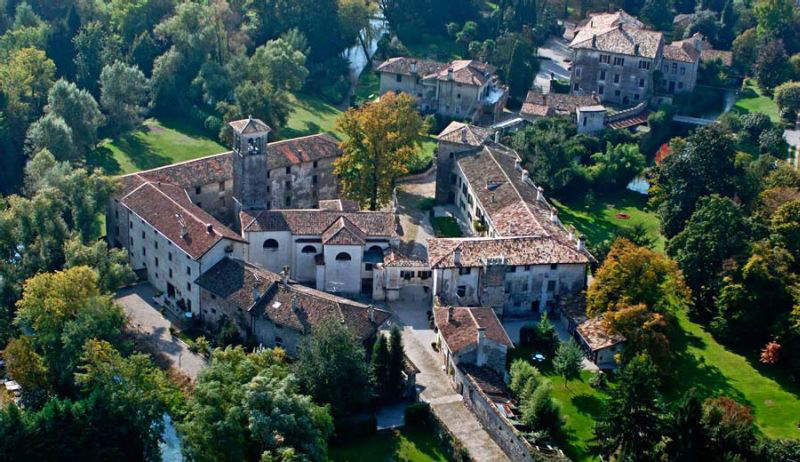 |
| View of Strassoldo |
10. Fagagna
First mentioned in 983, Fagagna probably has Roman origins, but it developed during the Middle Ages around the imposing castle (now in ruins), which dominates the town on the top of a hill, and which existed as early as the 10th century (it was later renovated and enlarged). Descending from the castle to enter the village, one sees the Town Hall, the Community Palace, and the parish church of Santa Maria Assunta, built from the 13th century onward. The historic vocation of the hamlet is told in the Museum of Peasant Life, which is housed in the Cjase Cocèl, a typical 17th-century Friulian country house. Near the village is the Quadris oasis, famous because it is home to several stork specimens.
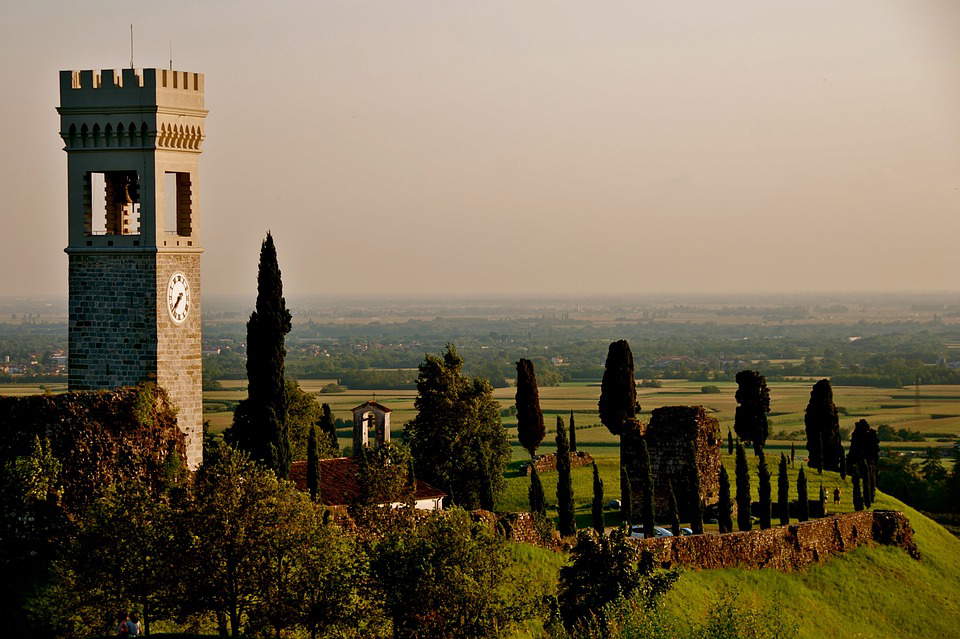 |
| View of Fagagna |
 |
| Ten villages to visit in Friuli-Venezia Giulia |
Warning: the translation into English of the original Italian article was created using automatic tools. We undertake to review all articles, but we do not guarantee the total absence of inaccuracies in the translation due to the program. You can find the original by clicking on the ITA button. If you find any mistake,please contact us.


























